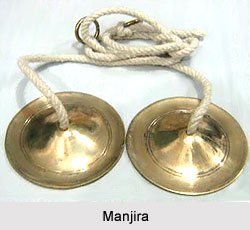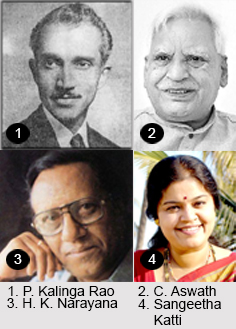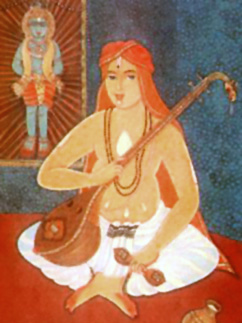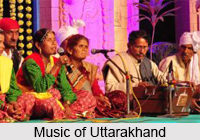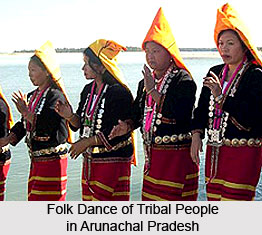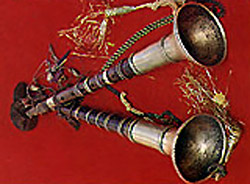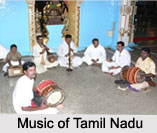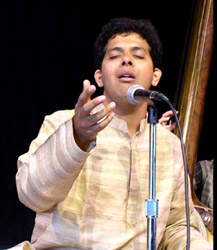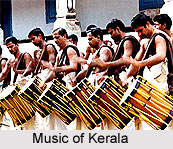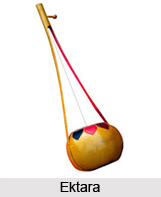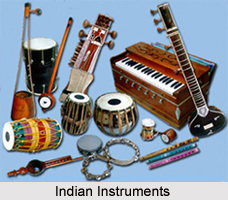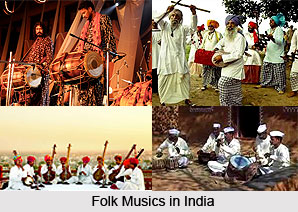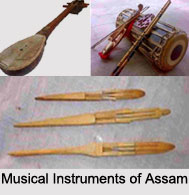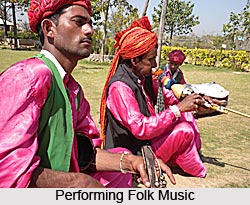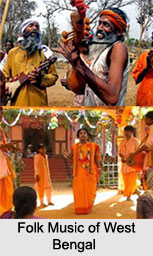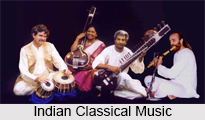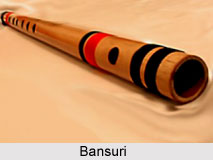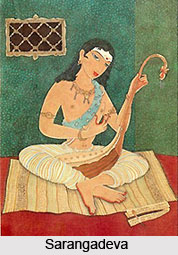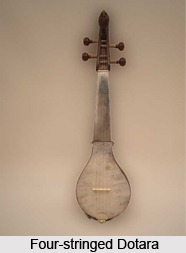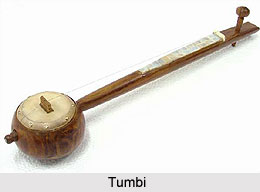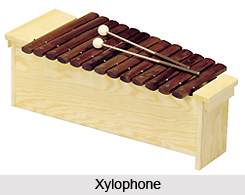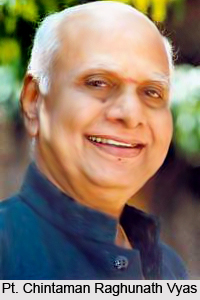 Pt. Chintaman Raghunath Vyas, popularly known as Pt. C.R. Vyas, was an Indian classical singer and was renowned for his Khayal singing style. He was born on 9th November, 1924, in Osmanabad, Maharashtra, in a family of Sanskrit scholars. Since childhood, Vyas had a wish to learn music, but had to curb it down due to his parents` wishes. However, his uncle was a respectable sitarist, who gave the young man to Govindrao Bhatambrekar of Kirana gharana, who guided Chintaman Raghunath Vyas. Much later, he left for Mumbai to earn a living and make their ends meet. While in Bombay, besides working for odd hours, he never lost his sight for singing and studied under his guru, Pt. Rajarambua Paradkar of Gwalior gharana, who took him as his disciple. Later, he trained under Pt. Jaganathbua Purohit of Agra gharana, and also picked up necessary tips from him. Vyas`s renditions were exceptional in quality and everyone was enchanted by his vocal capability.
Pt. Chintaman Raghunath Vyas, popularly known as Pt. C.R. Vyas, was an Indian classical singer and was renowned for his Khayal singing style. He was born on 9th November, 1924, in Osmanabad, Maharashtra, in a family of Sanskrit scholars. Since childhood, Vyas had a wish to learn music, but had to curb it down due to his parents` wishes. However, his uncle was a respectable sitarist, who gave the young man to Govindrao Bhatambrekar of Kirana gharana, who guided Chintaman Raghunath Vyas. Much later, he left for Mumbai to earn a living and make their ends meet. While in Bombay, besides working for odd hours, he never lost his sight for singing and studied under his guru, Pt. Rajarambua Paradkar of Gwalior gharana, who took him as his disciple. Later, he trained under Pt. Jaganathbua Purohit of Agra gharana, and also picked up necessary tips from him. Vyas`s renditions were exceptional in quality and everyone was enchanted by his vocal capability.
Career of Chintaman Raghunath Vyas
At 21, Pt. Chintaman Raghunath Vyas concluded that he needed employment and more importantly, a guru to help carry on his musical quest. He obtained a job in an engineering college in Matunga, Mumbai. The impoverished, but determined, young man stayed with a relative in Girgaum and would trudge the distance on foot daily. He also began performing in concerts during this time. His clear voice and dedication caught the attention of Pt. Rajarambua Paradkar of Gwalior Gharana, who was glad to take him under his wing.
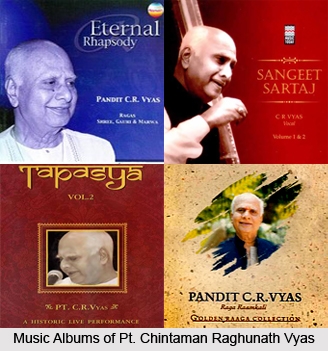
Pt. Chintaman Raghunath Vyas was one of the leading artists in All India Radio and National Television. He also appeared in some of the foremost musical events in the country. Vyas also did extensive in research on traditional ragas and compositions. Vyas composed several ragas like Dhanakoni-Kalyan, Shuddha Ranjini, Sanjogiya, Sagera, Shiv-abhogi and others that are still popular even today. He also composed around 200 Bandishes in different ragas, under the pen-name of Gunijan. He also released several albums, namely, Eternal Rhapsody, Sangeet Sartaj, Tapasya (Volume 1 and 2) and Etched in Time. Besides, Vyas had also given numerous stage performances.
The legacy of Pt. Chintaman Raghunath Vyas continues through his many disciples; Pt. Jitendra Abhisheki, learnt much from him. Prabhakar Karekar, his finest disciple, remembers his guru as one in the mould of the Rishis of Yore. Ganapathi Bhat, Suhas Vyas (his son), Kunda Weling and Sanjeev Chimmalgi are well-known names in the concert circuit. Several contemporary musicians like Veena Sahasrabuddhe, Lalit Rao, Shubha Mudgal and the sarod player, Biswajeet Roychowdhry have picked up many a musical idea from him.
Awards of Chintaman Raghunath Vyas
Through out his career, Pt. Chintaman Raghunath Vyas was bestowed with many honours and awards, such as Sangeet Natak Akademi Award in 1987, Maharashtra Gaurav Puraskar in 1990, Ustad Hafiz Ali Khan Award in 1994, Marathwada Gaurav Puraskar in 1998, Master Dinanath Mangeshkar Puraskar in 1999 and Tansen Sanman in 1999.
Death of Chintaman Raghunath Vyas
Pt. Chintaman Raghunath Vyas died on 10th January 2002, at the age of 77.
Vyas was one of those rare singers who had mastered the music of 3 Gharanas and had unified their best elements into his own approach. Vyas was also a composer par excellence. Many of his compositions are sung by several contemporary concert artists.
